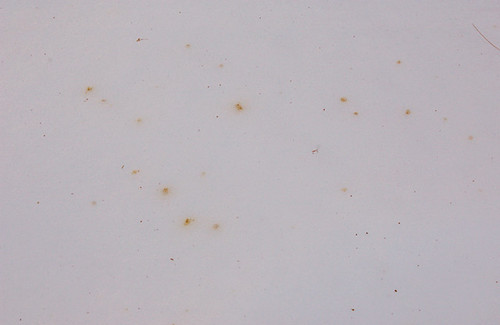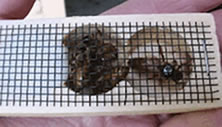Its ironic. Two days ago I worked in a cloud of bees as I transferred nucs to their new hives. Not one single bee sting. This morning, I'm pulling weeds in the high tunnel and I can hear the bee coming towards me. I can tell by the high pitched, angry whine of it's flight that it is on a suicide mission. The bee laps me once and starts zinging around closely to pick it's stinging spot. Silly me, I start to run! I know I can't outrun a bee. But I had hope. The bee chose my head to sting and I could hear it in my hair and I could feel it burrowing down to my scalp so I started hitting at my own head in attempt to kill it before it get to me. No luck. The bee made it to my scalp and stung me in the back of the head before I could hit it. I'm writing with a burning goose egg on the back of my head and welts from hives (I'm mildly allergic) here and there on my body.


The husband moved hives to our Odin location today and a few bees must have been left behind and they are up-set. I think I'll work inside and around the front of the house until later on today!
Fern, the single piglet is doing well. Here is a video of the little cutey. I dare you not to say "awww" as you watch it.
Aren't the wattles on her neck interesting? They come from the kune kune part of her heritage. She'll grow into them like her mother.























